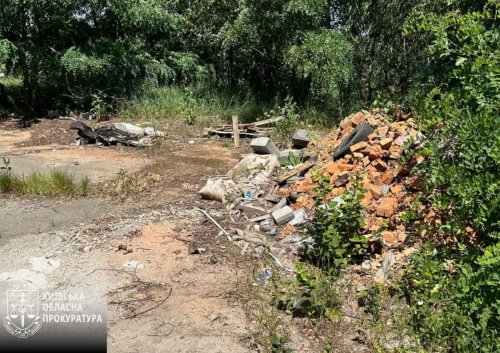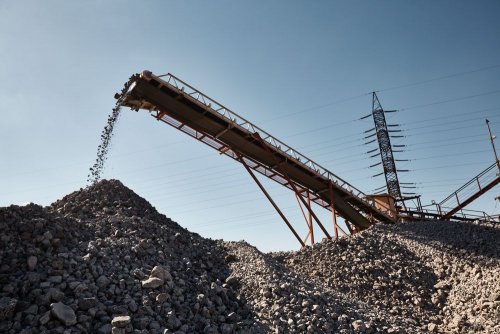In Zhytomyr, environmental inspectors have calculated more than UAH 2.1 million in damages for land contamination with industrial waste from stone processing, the so-called pulp.
This was the most high-profile violation of environmental legislation for the week of December 8-14, the State Environmental Inspectorate reported on Facebook.
It is noted that the case file was sent to the Zhytomyr Regional Prosecutor's Office.
The report emphasized that the total losses for violating environmental legislation amounted to UAH 2.8 million.
The press service said that during the week, environmental inspectors conducted 86 control measures aimed at protecting nature, rational use and reproduction of resources. During this time, they drew up 281 reports on administrative offenses.
In addition, environmental violators were fined UAH 58 thousand over the week. UAH 53 thousand in damages were also compensated.
Earlier, EcoPolitic wrote, that in Zhytomyr region, eco-inspectors discovered contamination of the territory of the Ovrut community woodworking waste (sawdust) from the branch "Ovrut Specialized Forestry", which caused damage of over 1.5 million hryvnias.
As EcoPolitic previously reported, the executive committee of the Zhytomyr City Council made a decision to hold the water company financially liable for pollution of the Teteriv River with untreated sewage in the area of the village of Sloboda-Selets.





